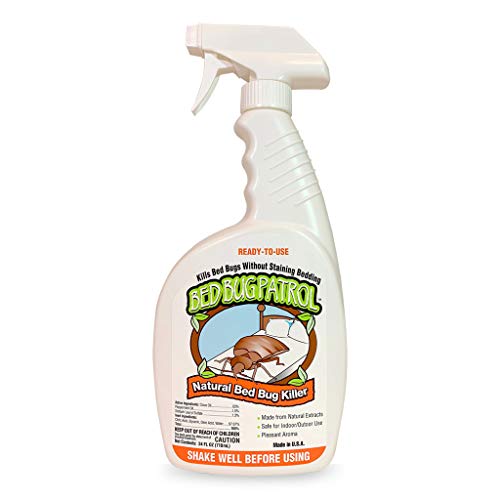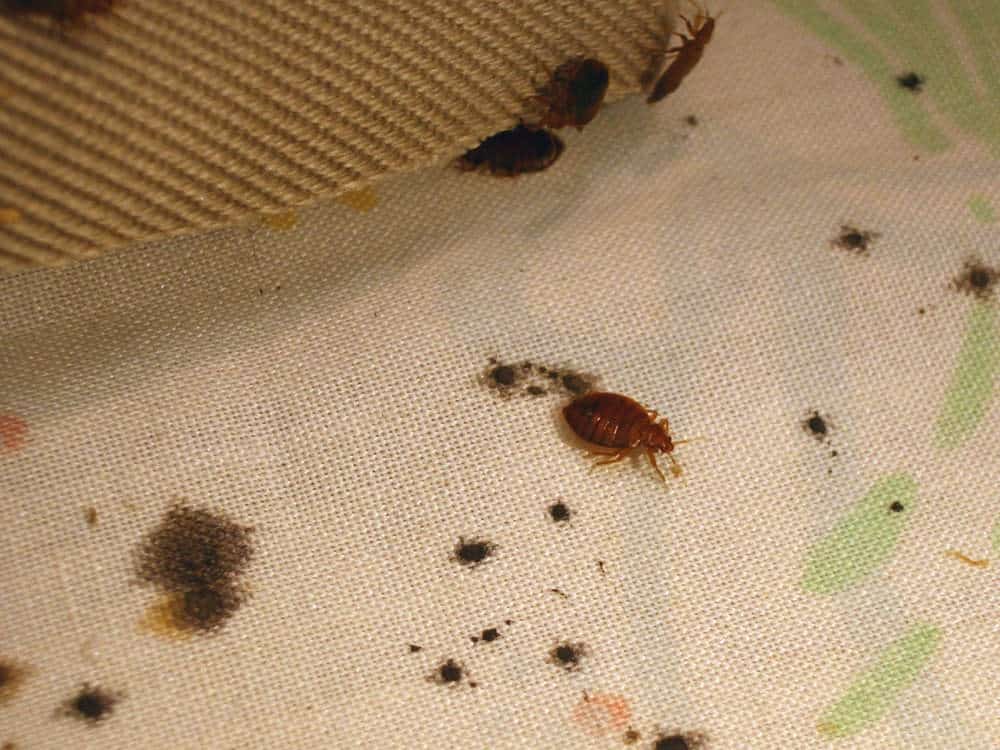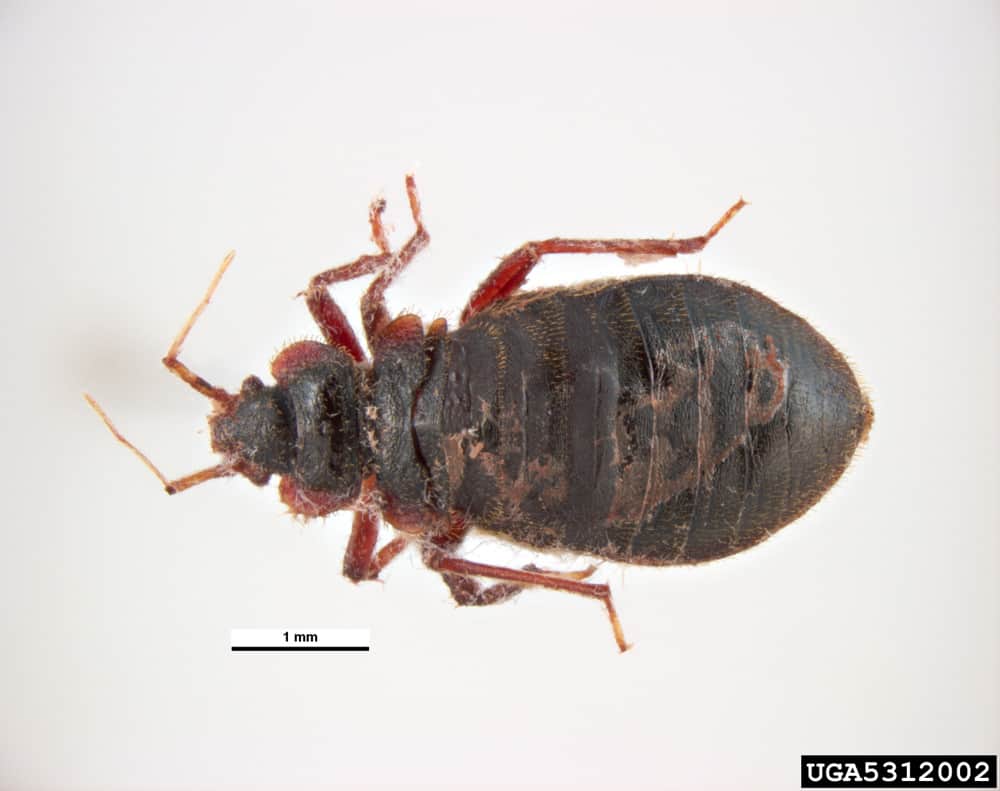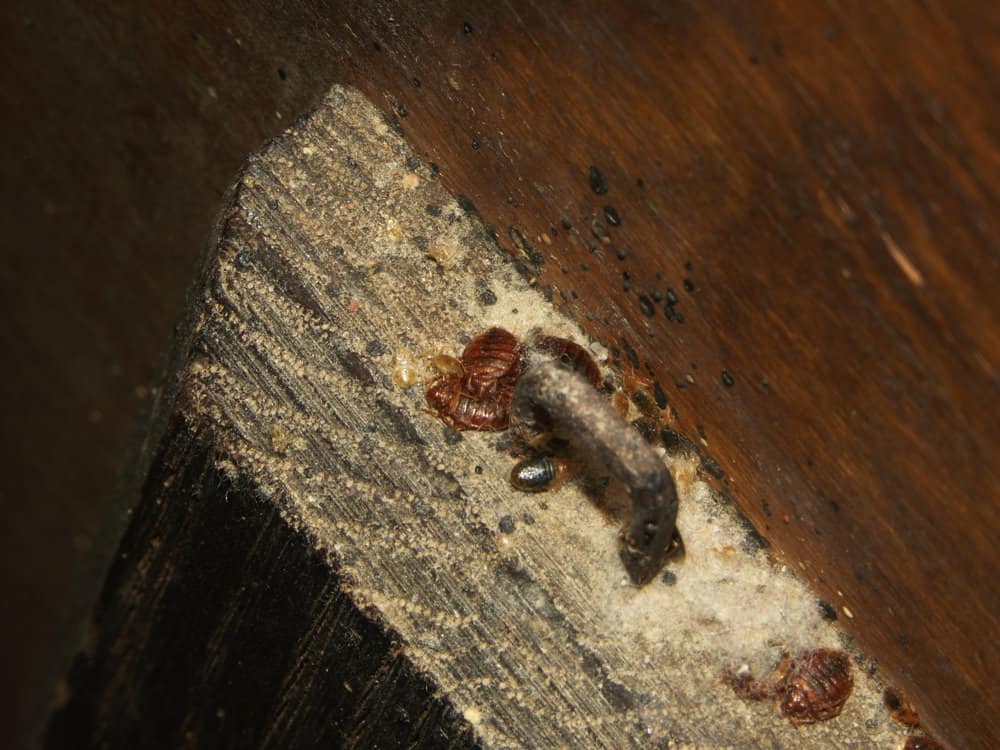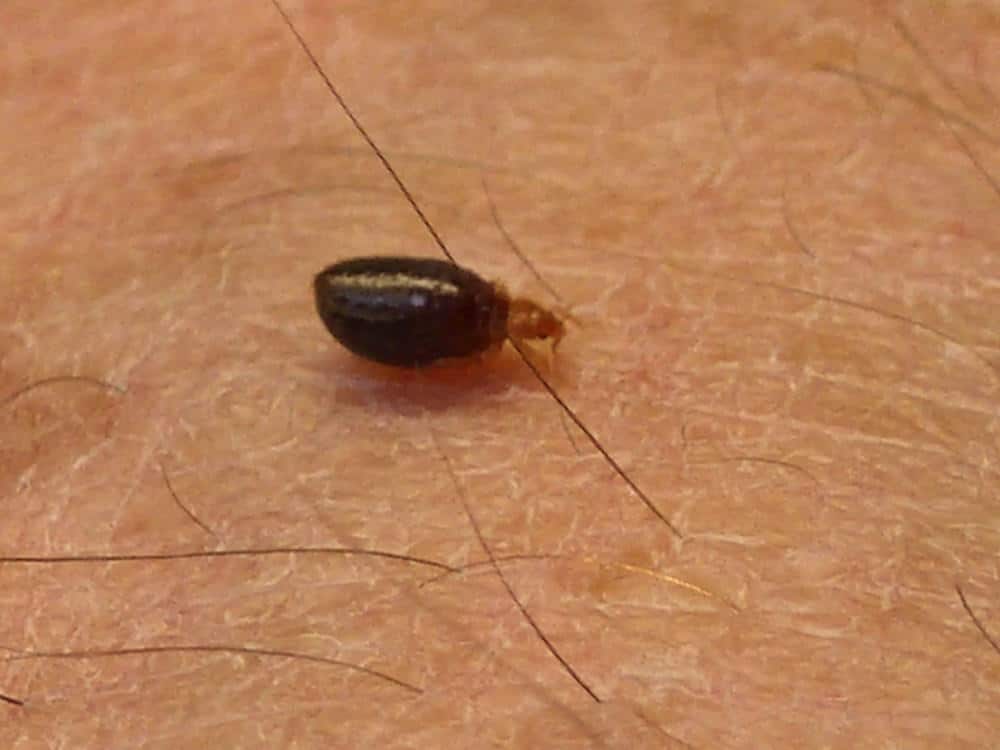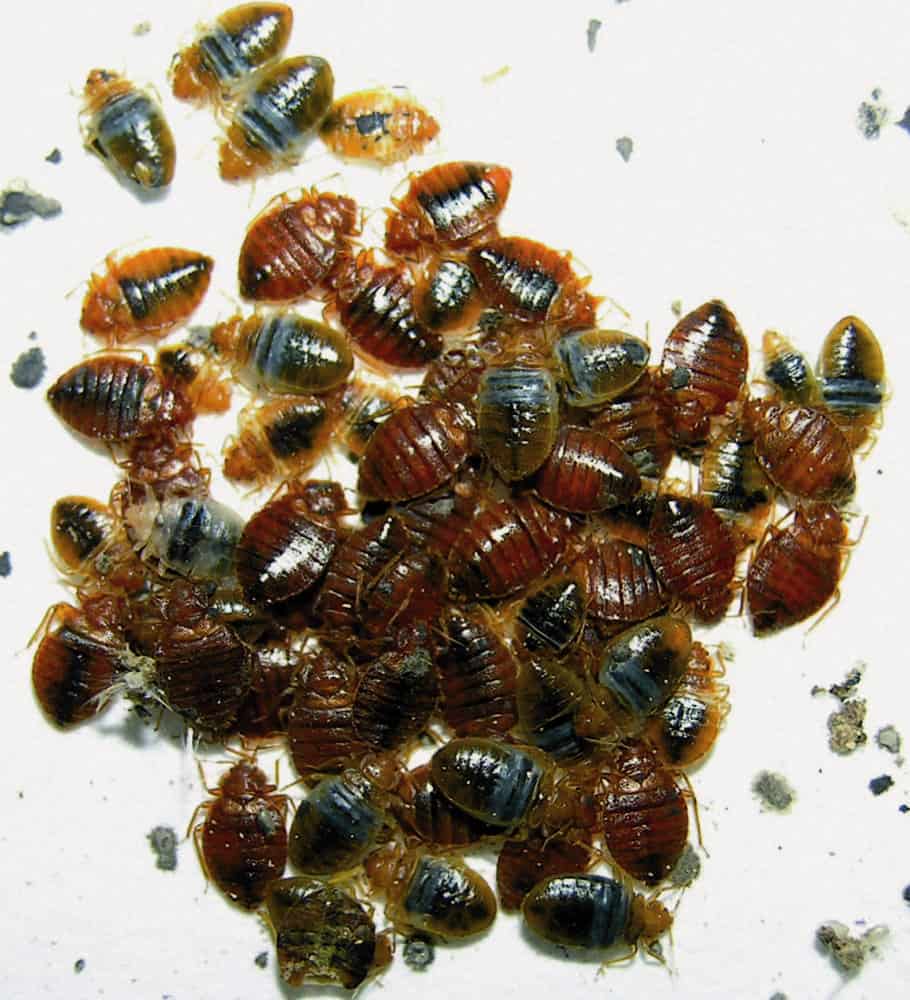How Long Do Bed Bugs Live After Spraying?
Bed bugs are insects that feed on human blood to survive. They have been around us for thousands of years and have developed some tricks to help them stay alive. Therefore the answer to the above question is not a simple one.
There are many factors that can impact the effectiveness of a spray treatment against bed bugs. Let’s look at them now.
A bed bug, in ideal conditions, usually lives about a year but in our homes, this can be much less. Bed bugs need warm conditions to survive and breed. They also need our blood to develop and to allow them to lay eggs.
In cold conditions, below about 57 degrees Fahrenheit, bed bugs can become dormant but do not die. In a dormant state, they can survive for months, even over a year, until the weather warms up again. If there is no food, they will simply move until a new source is located.
Conversely, bed bugs cannot survive extreme heat. Temperatures over about 120 degrees Fahrenheit are likely to kill them off.
How Long Do Bed Bugs Live After Spraying?
If a home is sprayed with insecticides, any bugs that are caught by the spray will quickly die within a few hours or less. Insecticides are very effective and remain active for many days after use.
This means they can catch active bugs long after the area was sprayed. However, even in the most thorough applications, some bugs can slip through and survive. Chances are that some of the bugs, and their eggs, will be hidden from the reach of the spray.
Usually, pest control professionals come back after about seven to 10 days and spray again. This is to catch the bugs they missed the first time. With that said, there may still be eggs that remain dormant for 20 to 30 days.
If the surroundings are too cold, bed bug eggs can, and will, remain alive even after repeated treatment. Once the temperature is warmer, they will re-emerge into the home in search of fresh hosts to bite.
Pest control companies could be fooled into thinking an area is clean and so declare it bug-free, only for the new bugs to appear weeks later, as the remaining eggs hatch. Do not be disheartened though, with regular treatments you should gain control.
My Favorite Bed Bug Spray
One of the best bed bug sprays that I’ve yet to personally use is the completely natural Bed Bug Patrol Bed Bug Killer. Not only does it have a reported 100% kill rate against live bed bugs in controlled tests, but it’s also child and pet friendly. This product can be used against both light and heavy infestations, and most importantly, it’s laboratory tested and completely chemical-free.
Studies conducted using the treatment showed an impressive kill rate of 83% within just 30 minutes after application, and 98% within the first four hours, leading on to an eventual mortality rate of 100% over time.
How Effective Is a Spray Treatment?
There are several connected factors that can impact the amount of time a spray treatment takes to kill bed bugs.
Firstly, the size of the original infestation is important. The larger the infestation has grown, the more difficult it will be to treat. As bed bugs increase in number, they spread from their original hiding places.
This increases the number of locations that need to be treated. Larger infestations may take multiple treatments for complete control, instead of just one or two.
The type of home is important too. Apartment-style homes are more difficult to isolate and treat. It is important to speak with the property owner/manager right away if you suspect a bed bug infestation.
During the inspection and treatment process, it is important to make sure that all units are inspected for bed bugs. An inspection should include communal areas of the building, a laundry room, for example. If you have bed bugs, it is unlikely that your home is the only infested apartment in the building.
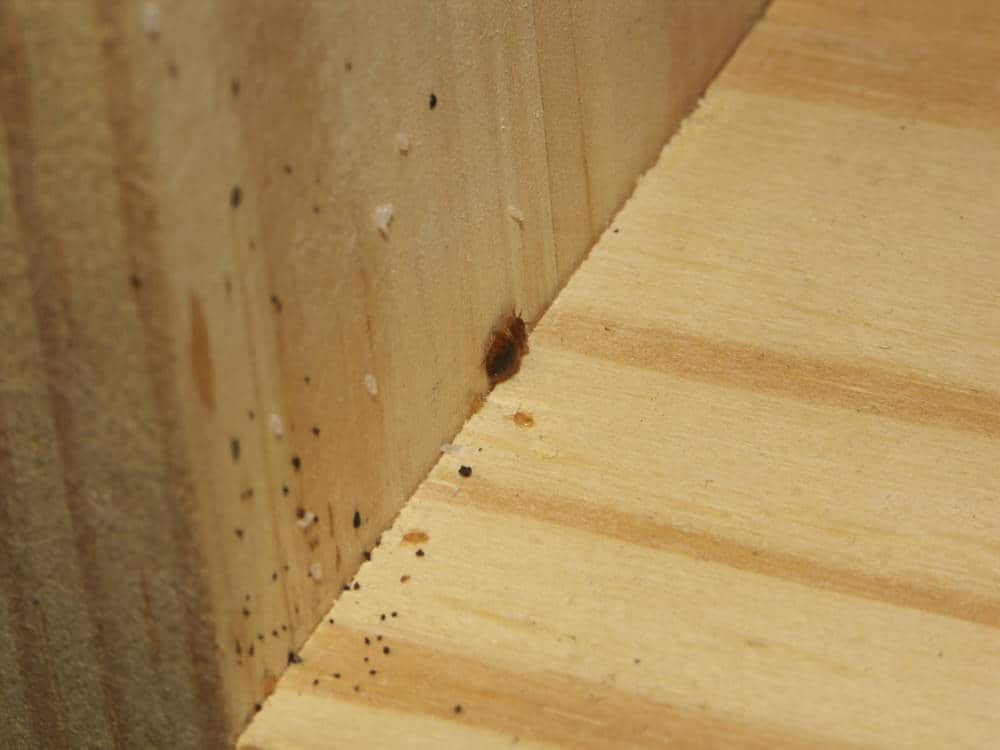
Follow Up
After a professional spray treatment, there are some important steps to take to ensure it is working. First, check for bites, or live bed bugs. It would also be a good idea to install protective plastic mattress covers on every mattress in the home. Installing these covers after treatment will help protect them from future infestations.
In addition to the mattress covers, you could think about setting up interceptor traps. These traps are designed to be placed under the legs of beds, chairs, and sofas to monitor for bed bug infestations. Insects fall into the traps when trying to climb up to the mattress, making them easy to see.
Using these monitoring tools will help you assess if an infestation has been successfully controlled. If you continue to see bed bugs or signs of a bed bug infestation, then further professional treatment may be necessary.

